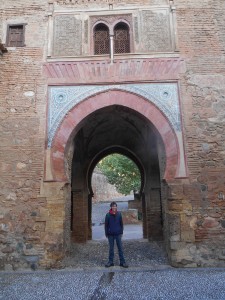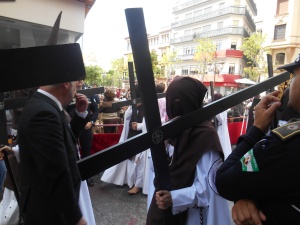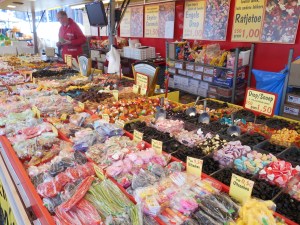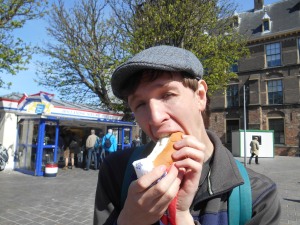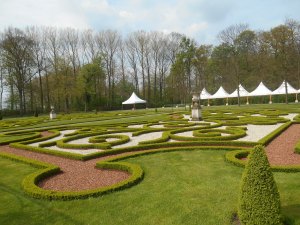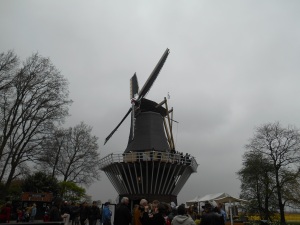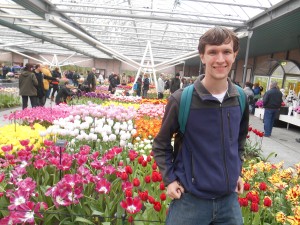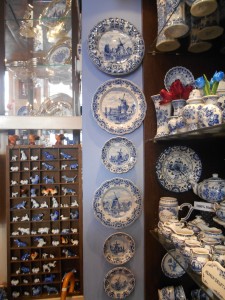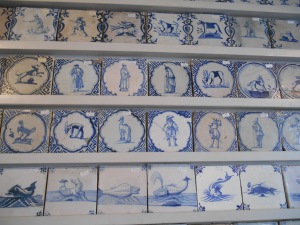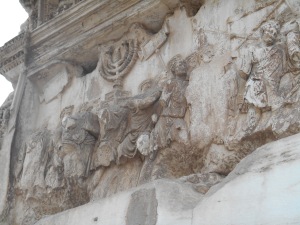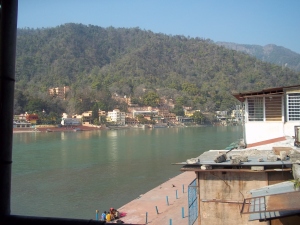Prologue: In spring 2007, I (Jessica) studied abroad in Alicante. I did a fair bit of travel and saw a lot of exciting things, but ran out of money before getting to go to Granada and see the Alhambra, one of the most famous Islamic-style palaces in Spain. I told myself it was not a big deal at the time, and that no one can see everything, but it has eaten at me ever since.
Flash forward to 2014: We planned three days in Granada, expressly to see the Alhambra. We’d kick around and enjoy the ambiance of the city for the other two days, but this was the Big One. And yet somehow, in the midst of rerouting our itinerary to include Albania and Croatia instead of Germany, finding a farm placement in Ireland, and booking the last bus and train tickets we’d need within each country, we completely forgot to buy advance tickets for the Alhambra. During the peak season for visiting this city. We didn’t even think to check until Sunday, the night before we left Sevilla for Granada.
The Alhambra was sold out. No more general tickets, no more night tickets, no more split-your-tour-over-two-days tickets. The travel agencies were out of their reserved stashes until the end of May. There was a ray of light–the tourism center of Granada offers a sightseeing pass of various monuments and museums, valid for three days, that includes the Alhambra and promises often to be available even when all other tickets are sold out. It would be more than twice as expensive, but we didn’t care. But as you may have guessed from the key word “often,” rather than “always,” we were out of luck here, too. It was looking more and more like we would spend our time here seeing everything but the one thing we’d wanted.
The woman we talked to at the tourism center admitted that yes, the Alhambra reserved a select few tickets each day for walk-in visitors, but she was hesitant even to mention it for fear of raising our hopes. They were in voraciously high demand.
“The doors open at eight in the morning,” she told us. “There is a line for tickets by four.”
We walked out of the office stunned, but not for long. I only had to look at Andrew to see the same clenched-jaw resolve I was feeling mirrored on his face. The line was in place by four in the morning, you say? Challenge accepted. We were there by three.
In fact, we ate an early dinner (for Spain, at least) and put ourselves to bed by 7:30, to the bewilderment of our dormmates. Then we got up at two. Actually, Andrew got up at two, packed the backpack, and woke me up fifteen minutes later. With his tablet-illuminated face inches from mine, bobbing in the dark. My scream woke up all six roommates, just in case they didn’t hate us yet. We walked to the Alhambra, and were the first ones there.
The next tourists didn’t show up until just after 4:30, and the real rush wasn’t until 5:45 or so, but then it was almost scary how quickly the line built long enough to wrap around itself. We could have safely spent another hour or two in bed, but I can’t regret our decision, because it ensured that as soon as the clock struck eight, we were perfectly positioned to snap up these bad boys:
The Alhambra is similar in many ways to the Alcazar, but it has a much stronger and more consistent Islamic influence. We felt like we were transported back to India, until we looked out the windows at the clusters of white Spanish houses. The Mediterranean surroundings and superb Islamic geometric artwork are magical together.
There’s a legend I heard about Andalucia (the southern province of Spain) when I was studying in 2007. The legend goes that there was a just and benevolent ruler over Andalucia at the time, and God was pleased enough to offer him five blessings. The ruler wished that his land would have plentiful seafood, lush gardens, mild weather, beautiful women, and perfect peace.
“I cannot grant all of these,” God replied. “For to do so would be to create Heaven on Earth, and man would have nothing left to strive for in the life to come. The first four I will give you, but there will be discord here, to keep the balance.”
Andalucia has had a history of takeovers and different cultures ruling over and shaping it. But walking through the palaces and gardens, you have to ask whether God finally relented and allowed the old ruler’s last wish to come to pass after all.









